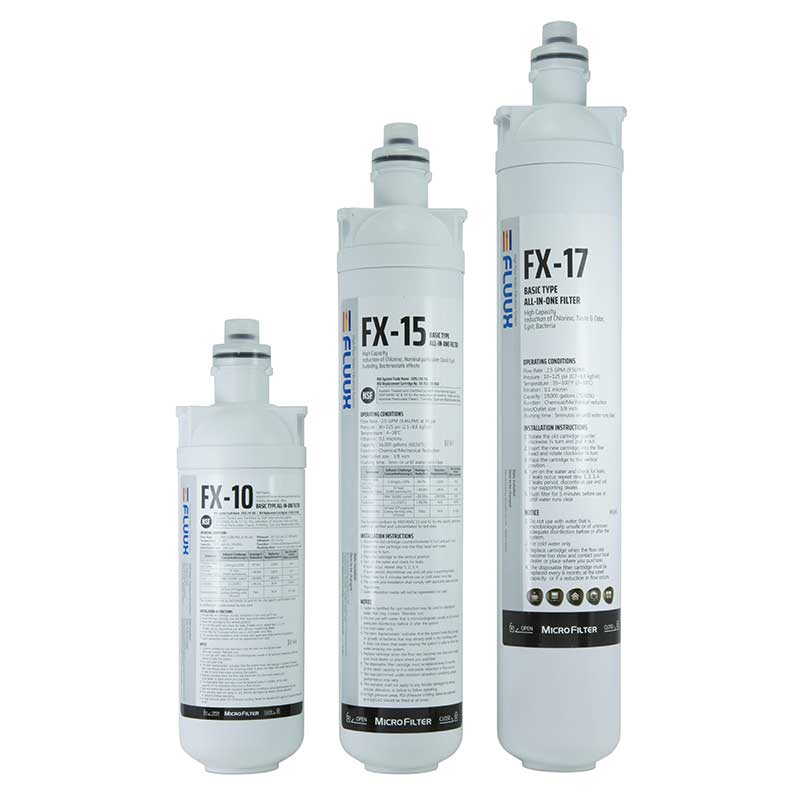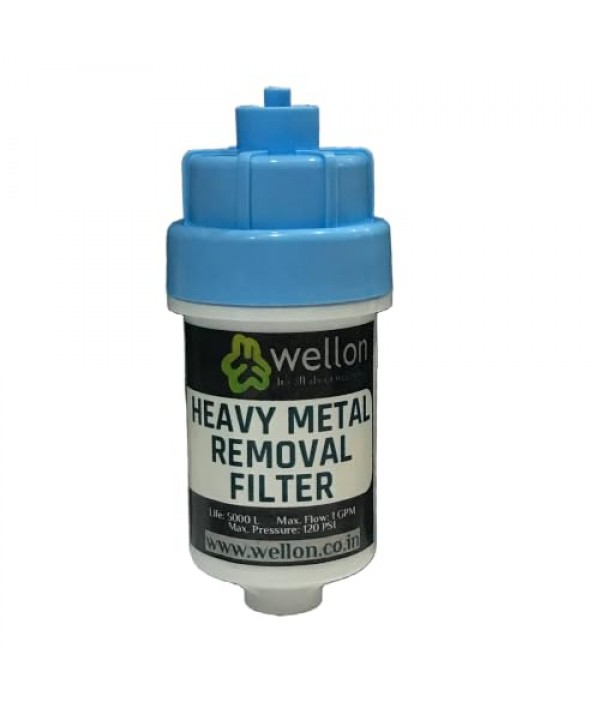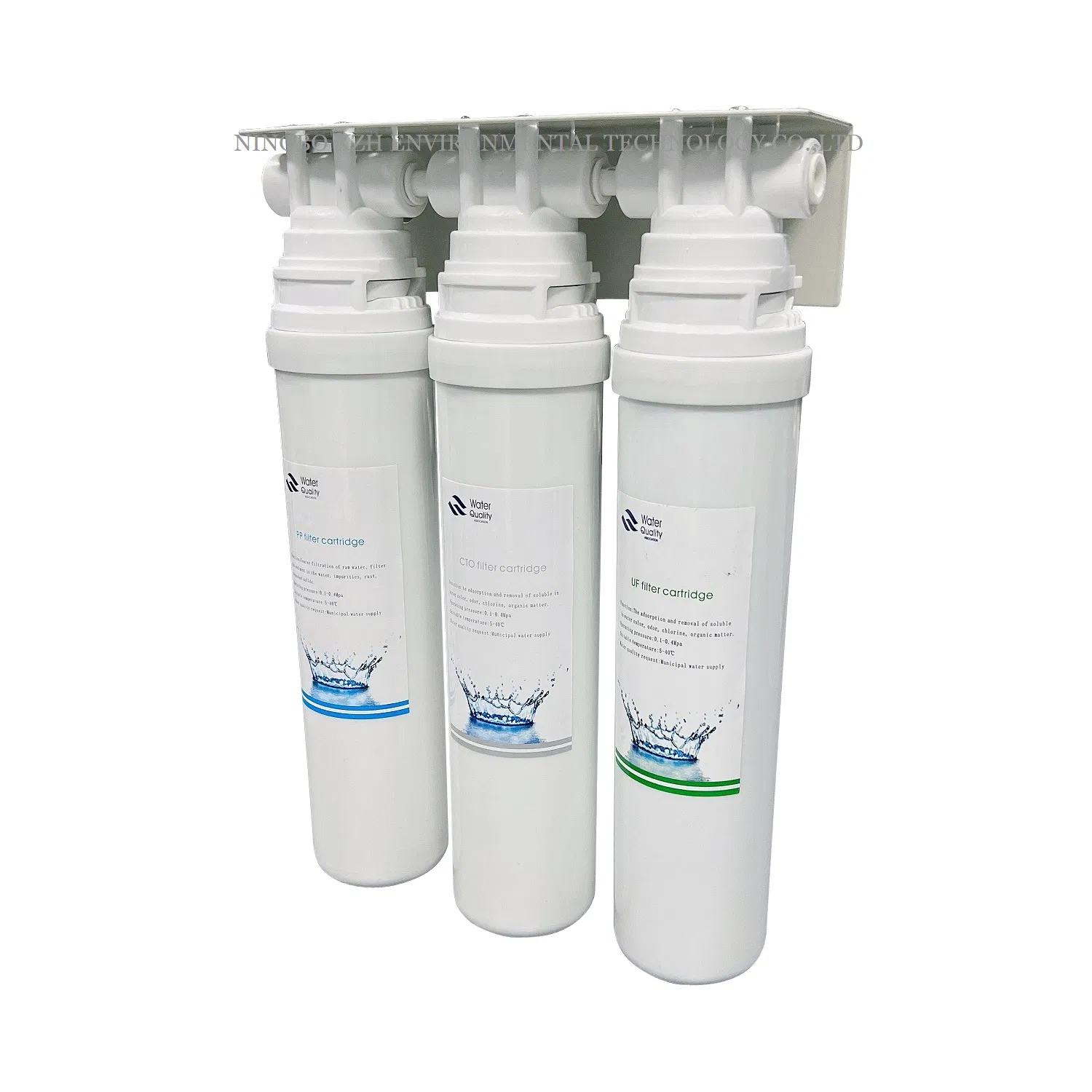Do Water Filters Really Remove Bacteria?

Water filtration is a common household practice aimed at improving water quality and safety. But a frequent question arises: do water filters really remove bacteria? This article explores the effectiveness of various water filters in eliminating bacterial contaminants, helping you make informed decisions about your water purification needs.
Understanding Bacterial Contamination in Water

Bacteria are microscopic organisms that can be found in natural water sources, sometimes causing waterborne diseases. Common harmful bacteria include Escherichia coli (E. coli), Salmonella, and Legionella. These bacteria can lead to illnesses ranging from mild gastrointestinal discomfort to severe infections.
Types of Water Filters and Their Bacterial Removal Capabilities
| Filter Type | How It Works | Bacterial Removal Effectiveness | Notes |
|---|---|---|---|
| Activated Carbon | Adsorbs impurities and chemicals | Limited | Does not effectively remove bacteria |
| Ceramic Filters | Physical barrier with tiny pores | High | Can remove bacteria and protozoa |
| Reverse Osmosis (RO) | Forces water through a semipermeable membrane | Very High | Removes bacteria, viruses, and many contaminants |
| UV Filters | Uses ultraviolet light to kill bacteria | High | Does not remove particles, only disinfects |
| Distillation | Boils water and condenses steam | Very High | Kills and removes bacteria and other pathogens |
How Do Water Filters Remove Bacteria?
Water filters remove bacteria primarily through physical filtration, chemical adsorption, or disinfection:
- Physical Filtration: Filters like ceramic and reverse osmosis membranes trap bacteria by size exclusion.
- Chemical Adsorption: Some filters use activated carbon to adsorb chemicals but are less effective against bacteria.
- Disinfection: UV filters kill bacteria by damaging their DNA, rendering them inactive.
Limitations of Water Filters
While many filters are effective, some have limitations:
- Activated carbon filters do not remove bacteria effectively.
- UV filters require clear water to be effective; turbidity can reduce their efficiency.
- Filters need regular maintenance and replacement to ensure bacterial removal.
Frequently Asked Questions (FAQ)
Q1: Can I rely solely on a water filter to make water safe?
A: It depends on the filter type. Some filters remove bacteria effectively, but others do not. Combining filtration with disinfection methods is often recommended.
Q2: How often should I replace my water filter?
A: Replacement frequency varies by filter type and usage. Check manufacturer guidelines, typically every 3 to 6 months.
Q3: Are all bacteria harmful in drinking water?
A: No, not all bacteria are harmful. However, pathogenic bacteria pose health risks and should be removed.
Q4: Does boiling water remove bacteria better than filters?
A: Boiling water is highly effective at killing bacteria but does not remove chemical contaminants.
Conclusion
Water filters can be highly effective at removing bacteria, depending on the technology used. Understanding the type of filter and its capabilities is crucial for ensuring safe drinking water. For comprehensive protection, combining filtration with disinfection or boiling is often the best approach.
This article provides a detailed, SEO-friendly overview with tables, lists, and FAQs to help readers understand how water filters work against bacteria and make informed choices.
